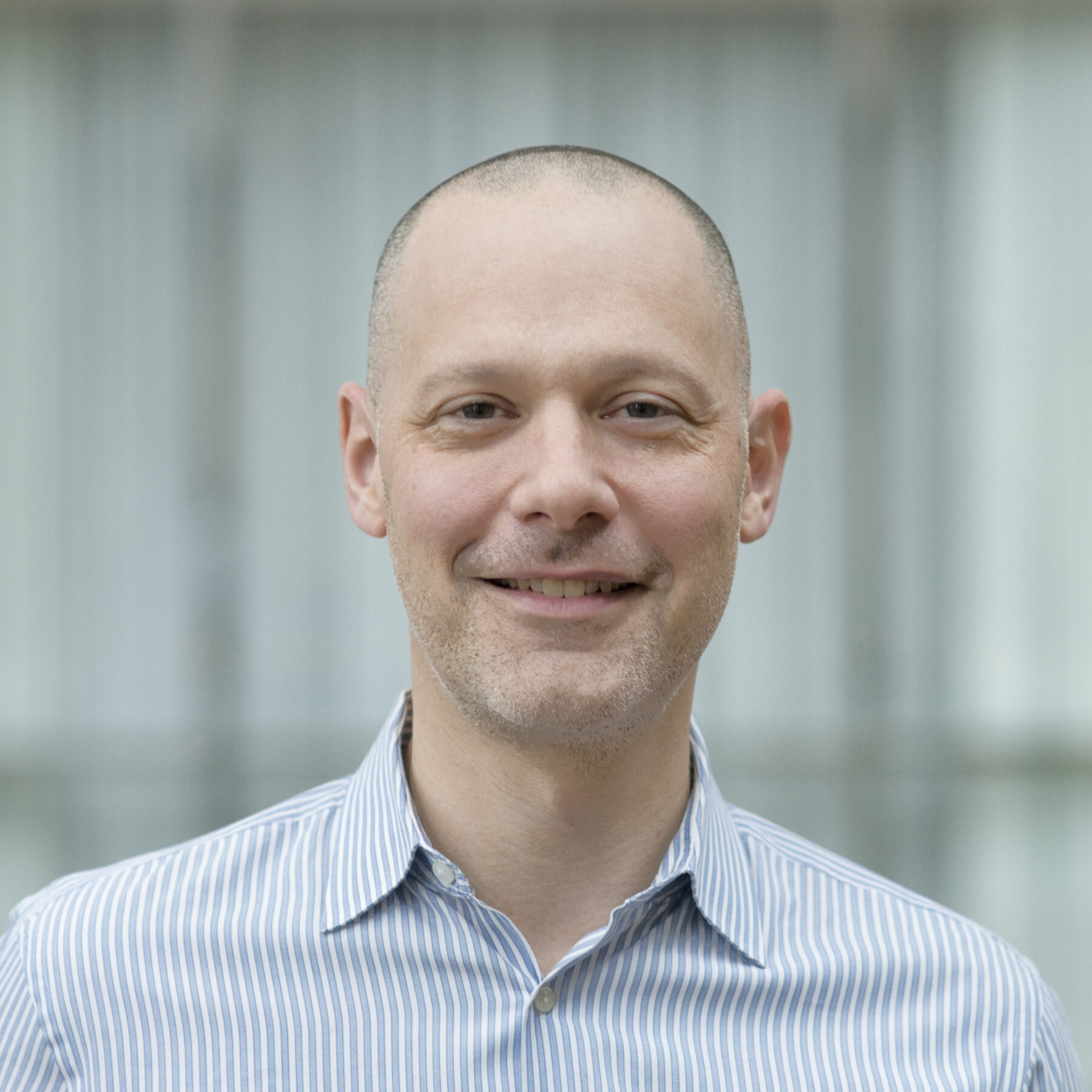Boston's young architects advance the profession

Carolyn Day AIA, Lori Ferriss AIA, Chana Haouzi AIA, Parke MacDowell AIA, and Christopher Nielson AIA were the BSA members honored with the AIA Young Architects Award this year.
The Young Architects Award is given to those licensed for 10 or fewer years who have "demonstrated exceptional leadership and made significant contributions to the architecture profession early in their careers."
Of the 23 architects from across the country who received this honor from the AIA, five are BSA members. As advocates for sustainable design, believers in the profession's potential to further social change, and experts in their fields, these architects represent the best of Boston's architectural community. We spoke to them about their careers, their professional interests, and what they plan to do next.
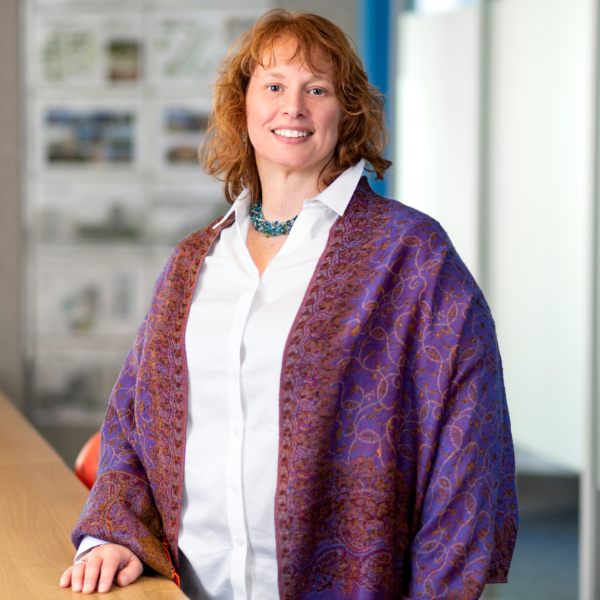
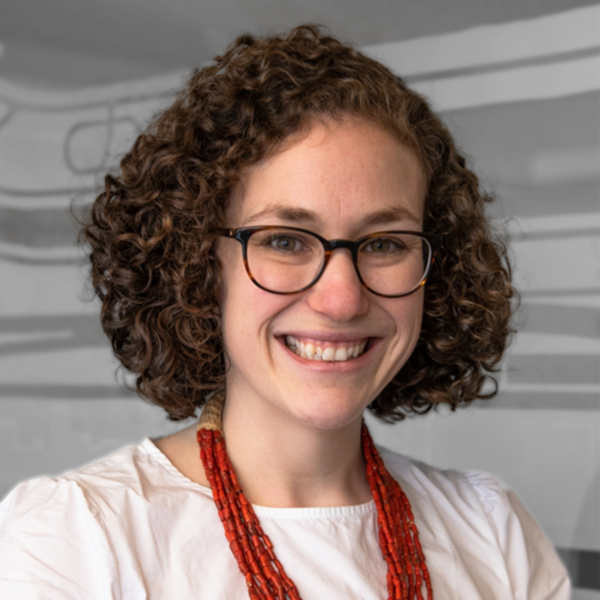
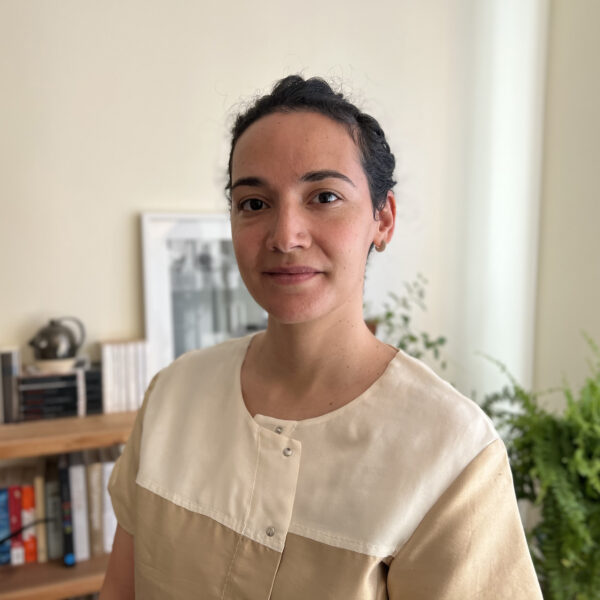
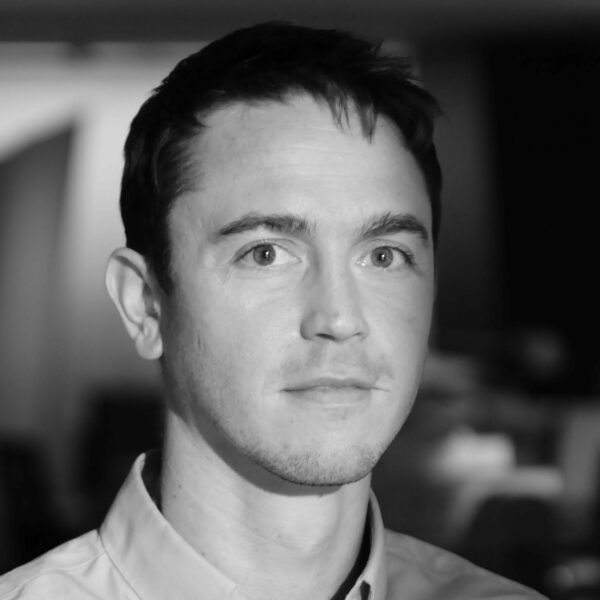
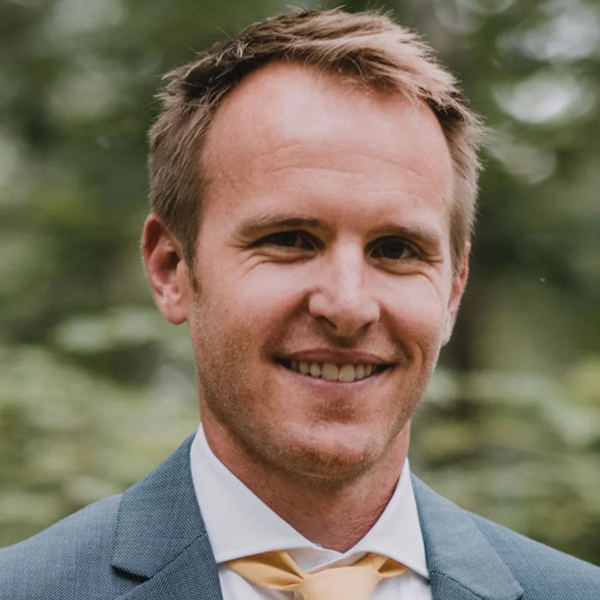
From left to right: Carolyn Day AIA, Lori Ferriss AIA, Chana Haouzi AIA, Parke MacDowell AIA, Christopher Nielson AIA
Carolyn Day AIA
Senior Associate at Perkins Eastman
Can you say a little bit about yourself, your work, and why you wanted to become an architect?
I came to architecture late, after realizing that the people in better buildings in my city seemed to have happier lives, regardless of economic status. My work has always been focused on making places better for people and sustainability is a large part of that. The unseen and intangible is often what makes the difference between a good building and a great one.
At Perkins Eastman, how do you track progress with regard to sustainability, both in and outside the firm?
As AIA 2030 participants, we report the energy use for our entire portfolio each year. We also track the 10 measures of excellence on our projects, and answers are included in our annual recognition programs and “on the boards” reports that are sent to all staff.
How has your engineering background influenced how you approach projects?
It helps that I understand how engineers think and the language they use, which means that I can push back when I think they are not thinking creatively. I make it a priority to work with those who are looking to solve problems and make every project better. It is really fun to get the juices flowing to see how we can work together to make efficient and elegant buildings.
How do you communicate about the importance of sustainable building with the students you mentor at the Boston Architectural College?
Sustainable design always comes up as a topic of conversation with me. If a student is interested in a subject or specialty, I try and empower them to speak up at work to get their voice heard. I also continually ask if they thought of sustainability on their project work and what they would do differently.
What's next for you?
I’m looking forward to working with architects from Perkins Eastman across the country on some exciting higher education and research projects. We have just started a family; your perspective greatly changes when you have a child. I feel an even greater responsibility to the next generation so I’m looking forward to finding out where my path goes as I examine all the passion and effort I’ve put into my career with that perspective.
Lori Ferriss AIA
Director of Sustainability and Climate Action at Goody Clancy
Can you say a little bit about yourself, your work, and why you wanted to become an architect?
When I was a kid, I was obsessed with historic sites. I loved the feeling of being transported to another time and another culture through the built environment. To me, buildings are a physical manifestation of who we are; they both impact and are impacted by our natural and cultural environments. I see my role as an architect as connecting past, present, and future—protecting and learning from the stories of the past while safeguarding a future that is just, resilient, and culturally rich.
What excites you about sustainability work?
Buildings contribute to roughly 40% of global emissions, and here in Boston, that number is as high as 70%. This means that architects have an outsized opportunity to combat climate change and to do so in a way that is culturally responsive and beautiful. This is incredibly exciting!
Through your work for the City, how did you help Boston meet its climate goals?
I am proud to live and work in a city that is leading on climate policy. I think of my role as a technical advisor to the City of Boston on both BERDO 2.0 and Zero Net Carbon Zoning, bringing a holistic view of how we can leverage our existing building stock as a climate solution. I helped incorporate a total life cycle carbon approach that ensures that building retrofits are responsible both in their treatment of our city’s historic buildings, and environmentally, by minimizing the embodied carbon debt incurred to meet operational carbon reduction targets. Similarly, as part of the Embodied Carbon leadership group for ZNC Zoning, I advocated for including recommendations that highlight the environmental, economic, and social benefits of whole building and material reuse.
You’ve worked on advisory committees at the BSA including the committee set up for the Embodied Carbon conference. What insight have you gained from your work with the BSA?
I joined the BSA Historic Resources Committee as an emerging professional and have since become involved with the BSA in a number of ways, most recently as a founder of and advisor to the embodied carbon group, now the northeast hub of the Carbon Leadership Forum. Through these experiences, the BSA has taught me the value of community. I learn so much and am continually inspired and supported by my local peers.
What's next for you?
We are at a unique moment in time, in which architects have an incredible opportunity to address the urgent challenges of climate and social justice. As the Chair-Elect of the Committee on the Environment (COTE) and a Steering Committee Representative of the Climate Heritage Network, I will continue to work with architects and allied heritage professionals nationally and globally to bring forth solutions through collaborative action.
Chana Haouzi AIA
Architect and Rose Fellow at the Department of Neighborhood Development, City of Boston
Can you say a little bit about yourself, your work, and why you wanted to become an architect?
In practice, architecture is a service profession, and I ask myself continually who are we serving, who is not being served and how can we apply design thinking as a vehicle for social good. My work is grounded on the belief that architecture should be accessible, beautiful and for everyone.
You founded Architecture for Public Benefit, a design firm that focuses on the built environment needs of underserved communities. What motivated you to found the firm?
Architecture for Public Benefit introduces a new model of practice in order to reach a broader public. We partner with nonprofits and mission-driven organizations and solve their unique challenges by thinking creatively about the funding and fee structure. There is also incredible alignment throughout the design process because the projects are all founded on and fueled by a shared vision.
You designed the More than Words bookstore and community space, which was honored at the 2021 BSA Design Awards. How did the organization’s unique purpose and mission influence your approach to creating a design plan?
More Than Words is a nonprofit bookstore that empowers at-risk youth by providing a job, structure, and training so that they can invest in themselves and graduate to new opportunities. The entire design is a celebration of their achievements and a space that showcases the hard work and transformations that take place there every day. We worked closely with the team to develop a design that took into account their day-to-day needs but more importantly tapped into what keeps them all going.
Based on your experience as Boston’s Rose Fellow, what insights have you gained about the city’s housing situation?
Housing in the US is complex and has been dominated by the single-family typology, limiting the ability to increase the supply when needed. In Boston, we are addressing our housing shortage through innovative solutions, such as our Additional Dwelling Unit initiative, which is a nimble way to allow for many smaller units to be added in between the stock of existing buildings in order to make the city denser and more accessible.
What's next for you?
I’m currently working on a project to democratize the discourse of architecture and reimagine ways of fostering a dialogue of design between the public and the built environment. I am also developing a studio course that will critically examine how architects measure the impact of their work and communicate its value to others. Through my practice and teaching, I hope to transmit passion and curiosity to the next generation of designers and to continue learning and growing along the way.

Parke MacDowell AIA
Senior Associate | Fabrication Manager at Payette
Can you say a little bit about yourself, your work, and why you wanted to become an architect?
I’m inspired by the discovery and cultivation of relationships: whether it is the intricacies of a connection detail, civic-scale social choreography, arranging shapes, or composing a project team. For me, this is the essence of design.
Honestly, I cannot remember when or why I was first interested in architecture, but I do remember being surprised when I got to graduate school: “Oh?! So this is architecture.” After a decade in the profession, I no longer have that (naïve) clarity – I’m not sure exactly what constitutes architecture because I keep learning new things that change and expand my worldview. It’s like the built environment is an ongoing conversation which becomes richer as different voices contribute. While acknowledging the imperative of earned expertise, my work embraces the mentality that there is plenty of room in the profession for new ideas and novel career paths that deviate from traditional roles.
How does your background in construction benefit your design work?
A hands-on understanding of construction is an asset for a designer, but I’ve found the greatest benefit from my background in the trades comes in my relationships with the builders on my projects. I’m a huge advocate for close relationships between designers and builders, particularly between the architect and the specialty sub-contractors for things like millwork, architectural metal, and facades. Thoughtful listening and the clear communication of big-picture design priorities will cultivate allies and add value for all parties.
From MKR|MGR to being awarded the Flansburgh Young Designers Award, you have done a lot of work with the BSA—how have you been impacted by this work?
Sharing knowledge openly makes our individual work better and lays the groundwork for elevating the industry. This is how we maximize the value of our personal efforts and make a broader difference. For me, the BSA forum has proven an important vehicle for these conversations.
How do you think architects and designers can inspire younger generations to think more about design?
The demographics of our professional ranks reveal obvious opportunities for growth: we can presume that under-represented populations are facing barriers-to-entry. Perhaps the easiest improvement we can make is introducing under-privileged youth to the design professions and providing an engaging entry-point. In my own work with high-school students, I’ve found small fabrication projects an effective device: Physically making things creates an affirming connection between the mind and the hand that is especially valuable in our hyper-digital world. Even when the work is completed, this process continues to positively influence how we think and how we behave.
What's next for you?
Payette has some exciting things cooking: We are increasingly self-performing fabrication for key design elements in our projects. I expect this trend to accelerate in the coming year, delivering enhanced opportunities for design authorship and added value for our clients. Simply put, we’re stepping outside the traditional bounds of the profession in order to make better projects.

Christopher Nielson AIA
Associate, Bruner/Cott
Can you say a little bit about yourself, your work, and why you wanted to become an architect?
I view myself as a jumble of a super-practical science-based thinker seeking to exercise a creative side. I got excited about architecture towards the end of college (undergrad) when I realized it was a tangible way to merge art and science—a real humanistic endeavor that could also heal our natural world while making places that improve people’s lives.
How do you express importance of sustainability in building to different audiences?
My observation has been that aligning project goals with a person’s individual morals carries the most success. I may be a bit of an optimist, but I think most folks understand that taking care of other humans and the natural environment is a good thing. Figuring out how to harness individual goals into specific architectural approaches leverages these good intentions. It’s hard to do all the things on every project, but if you can tap into non-toxic materials here, and low-carbon there, you’ll end up with progressive projects that are all pulling in the right direction.
What has your work with the City of Cambridge taught you about what municipalities and designers can do to alleviate the effects of climate change?
My experience gave me a lot of respect for Cambridge’s staff—they have so much passion to be leaders in tackling climate change and are truly open to any good idea. I think the city understands their role as a regional (and at times global) model of implementing meaningful change. Cities have the opportunity, and challenge, of directing large networks and systems that directly impact the way people live and experience their environment. Incremental steps at that scale lead to vast savings in carbon; however, getting municipalities to move quickly and far enough takes big ideas and bold commitments. Cambridge has been unafraid to try them.
How do you try to inspire younger and emerging architects and designers at your firm?
I try to make personal connections with our emerging architects and designers at Bruner/Cott. It’s fun to collaborate once I figure out what truly makes people excited. The work that follows ends up being quite high quality. I think we benefit as being a firm full of folks with a broad variety of interests. By assembling the right team or reaching out to the right designers at the right time, I’m able to create a robust design approach. This also helps me figure out how to introduce people to the kinds of resources and networks that will amplify their passion.
What's next for you?
Right now, I’m really excited about a project that just started construction. It’s the first time we’ve had a client ask us to consider the life cycle of the building materials as equally important as efficient operational performance. The project is also a contemporary addition to an existing brick structure, which merges a lot of my past project experience and more recent building science research together. It’s a really strong design team that has been a lot of fun to collaborate with. I’m excited to share what we learned along the way soon!
